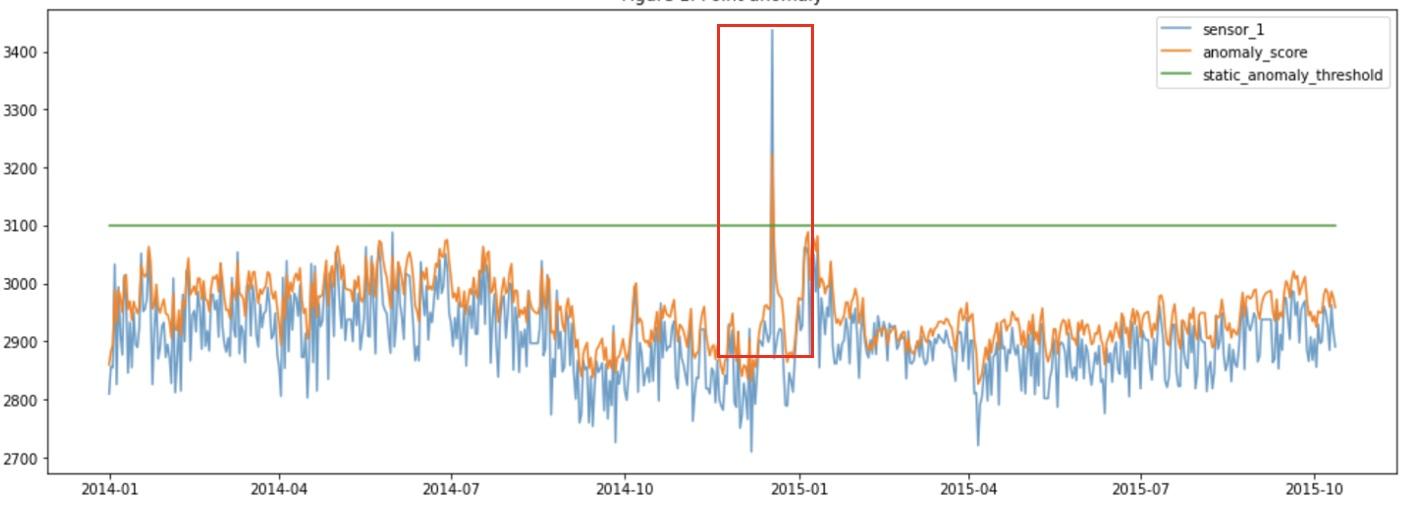A strategic mapping of the Anomaly Detection Competitive Landscape reveals a dynamic and highly fragmented ecosystem where different types of companies, from public cloud giants to specialized AI startups, compete and collaborate to provide this critical capability. The landscape can be understood as having three primary categories of players. The first, and most powerful, category consists of the major public cloud and enterprise software platform providers. This includes the hyperscalers—AWS, Microsoft Azure, and Google Cloud—who offer anomaly detection as a native, API-driven service within their broader data and AI platforms. It also includes the major observability and cybersecurity platform vendors, such as Datadog, Dynatrace, and Splunk, for whom anomaly detection is a core, and deeply integrated, feature of their AIOps and SIEM offerings. The competitive strategy of these platform giants is to offer anomaly detection as a seamless and convenient feature for their massive, existing customer bases. Their advantage is the power of the ecosystem and the ability to correlate anomalies with a vast array of other data sources already on their platform. The Anomaly Detection Market is expected to reach USD 10.5 billion by 2035, growing at a CAGR of 12.48% during the forecast period 2025-2035.
The second category in the competitive landscape is the vibrant and highly innovative group of "pure-play" AI and machine learning specialists. This category includes a host of venture-backed startups and scale-ups, such as Anodot and Outlier.ai, whose entire business is focused on being the best and most powerful general-purpose anomaly detection engine. Their competitive strategy is to differentiate themselves based on the sophistication of their proprietary machine learning algorithms, their ability to work across a wide range of data sources and use cases, and their focus on a superior user experience with features like Explainable AI. They often compete for deals where the customer has a highly complex or unique anomaly detection problem that cannot be solved by the more generic, "good enough" features offered by the large platform providers. This segment is characterized by intense innovation and is often a source of M&A activity, as the larger platform players look to acquire cutting-edge technology and talent.
The future of the competitive landscape will be defined by the blurring of these lines and the battle for ease of use and business context. The pure-play vendors are under pressure to provide better integrations and to become more like a platform, while the platform providers are under pressure to match the algorithmic sophistication of the specialists. The ultimate competitive battleground, however, will be the ability to move beyond simply detecting statistical anomalies and to provide true "business incident detection." The vendor who can most effectively allow users to combine the power of their AI with their own deep business knowledge—to teach the system what is truly important and what is just noise—will have a significant competitive advantage. This will involve the development of more intuitive user interfaces, more interactive feedback mechanisms, and a greater focus on specific industry verticals. The future of the competitive landscape will belong to the players who can most successfully bridge the gap between pure data science and practical business value.
Top Trending Reports -
India Partner Relationship Management Market



